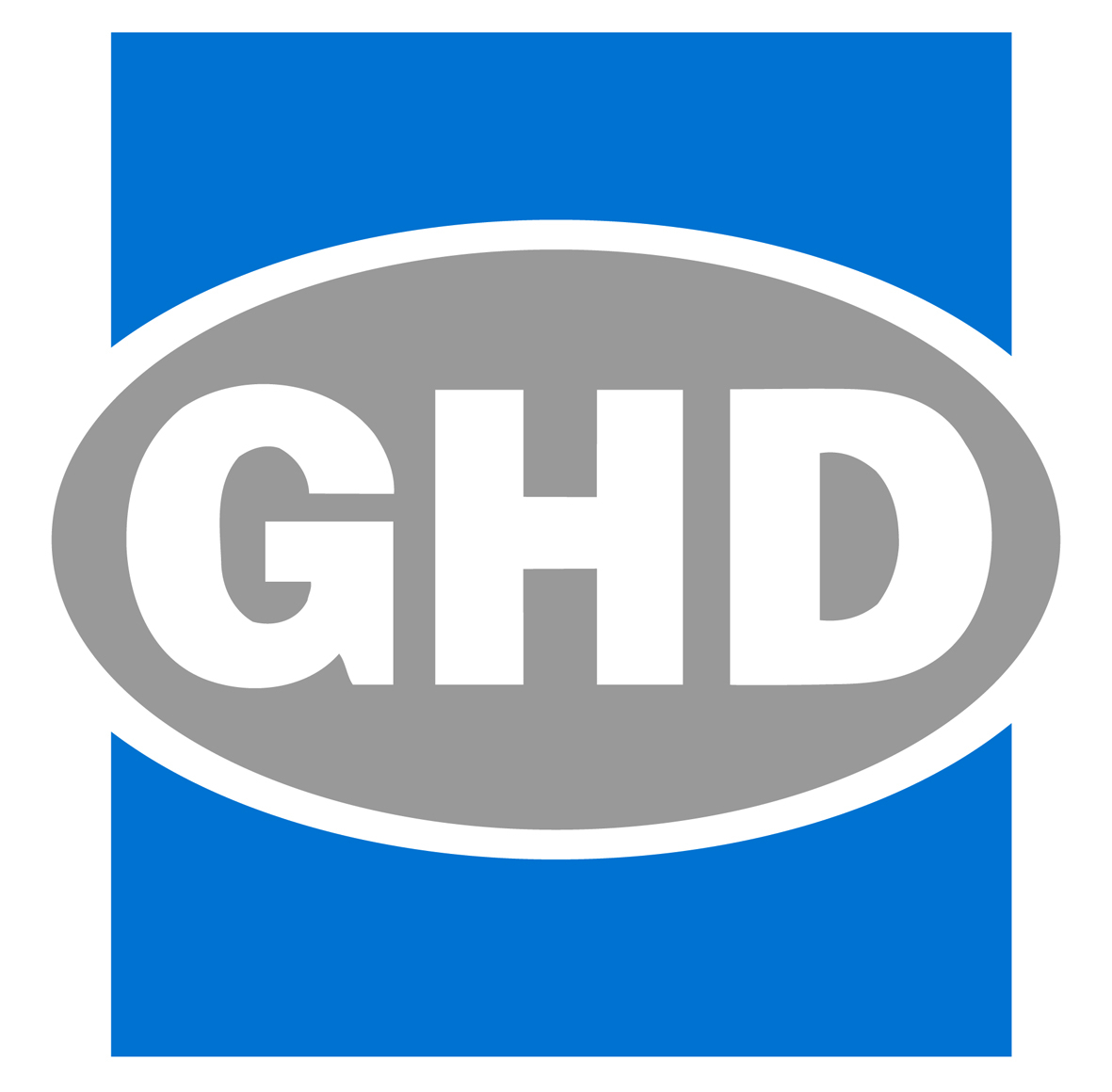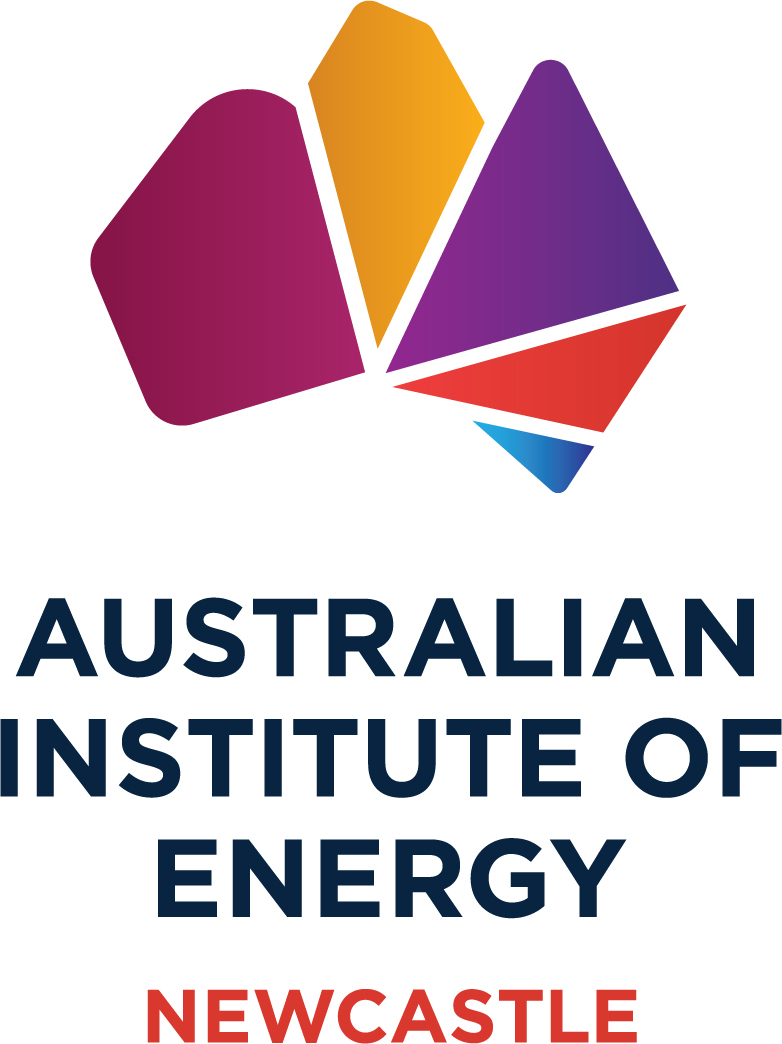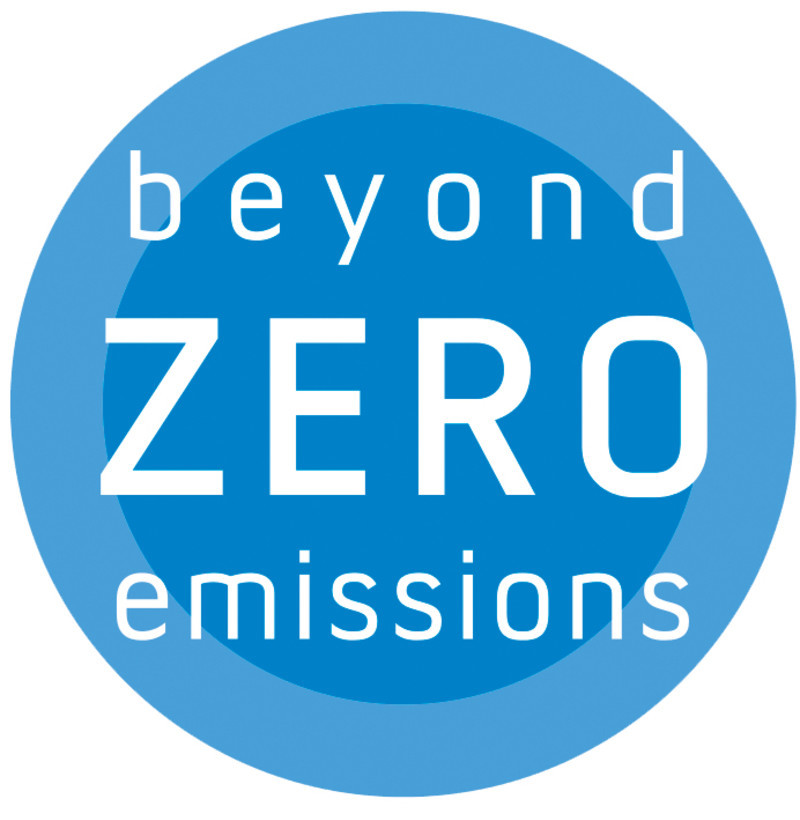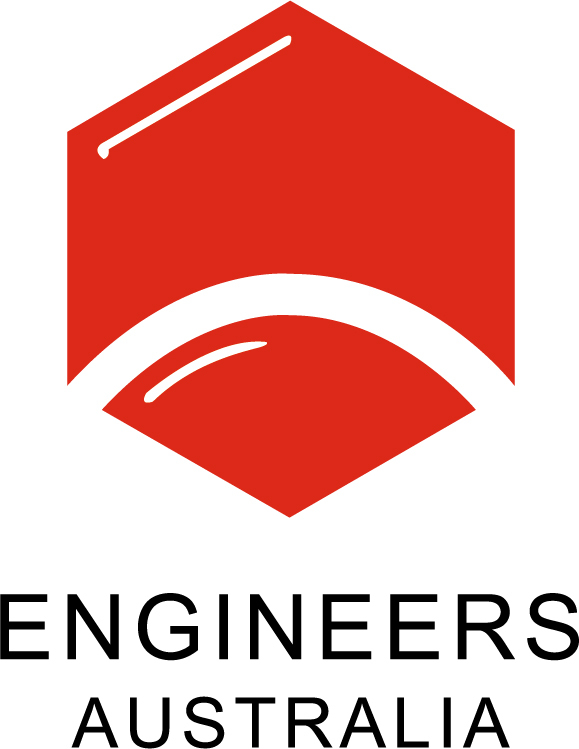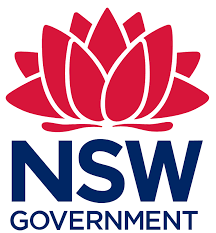How AEMO ensures continuous power during extreme heat events
‘Lack of Reserve’ (LOR) market notices encourage increased supply and limited demand

AEMO works and collaborates proactively with Commonwealth and State governments, and energy industry stakeholders, so that the National Electricity Market (NEM) power system can operate reliably during extreme summer and high demand conditions such as seen this year in South Australia, Victoria and New South Wales.
Lack of Reserve (LOR) market notices are an industry notification mechanism that provides an indication to the market to encourage more generation. In short, LOR levels are pre-determined electricity reserve levels.
Power systems globally are built and operated with a certain level of reserve – a ‘buffer’ to assist with maintaining power system reliability for energy consumers. Pre-determined reserves in the NEM refer to the spare capacity to provide this buffer, over and above the level of electricity demand that is forecast at any given time.
Once LOR notices are given, generators may offer in more supply, or consumers (generally large industrial or commercial consumers) can reduce their demand.
Both responses have the effect of improving the reserve margins and maintaining power system reliability.
Dependant on the scale of the heat event, AEMO issues both forecast (as per above, to encourage a market response) and actual LOR condition notifications which are tiered as follows:
- LOR 1 - Signals a reduction in pre-determined electricity reserve levels. This notification simply provides an indication to the market to encourage more generation. At this level, there is no impact to power system security or reliability.
- LOR 2 - Signals a tightening of electricity supply reserves and provides an indication to the market to encourage more generation. At this level, there is still no impact to power system security, however AEMO will bring in available additional resources, such as demand response and support generation.
- LOR 3 -Signals a deficit in the supply/demand balance, with no market response controlled load shedding possibly required. AEMO views load shedding as an absolute last resort to securely manage the wider power system.

